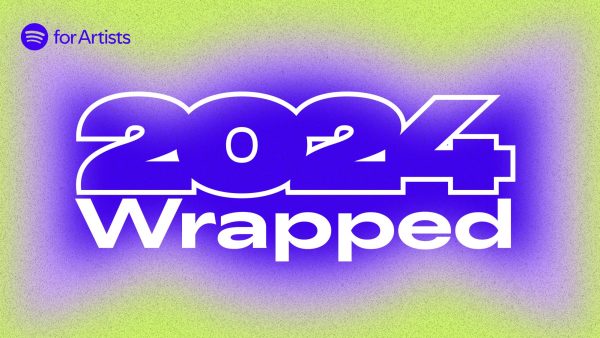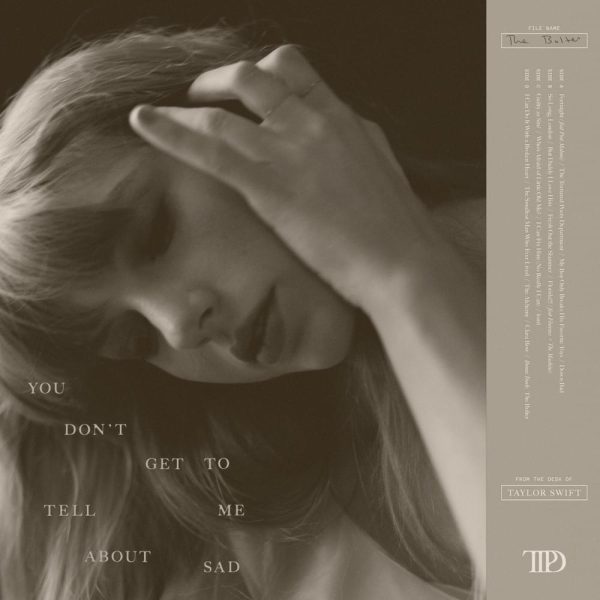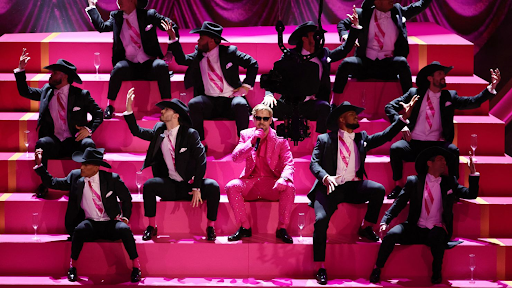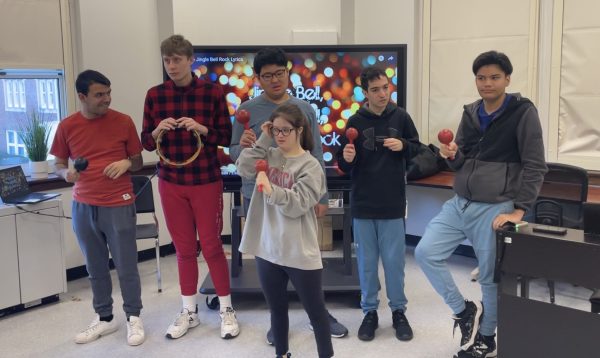The TikTok Music Revolution: A look into the backstage intentions of modern music producers to ensure sensational hits

From “why you so obsessed with me?” to “good for you, you look happy and healthy, not me, if you ever cared to ask”, TikTok songs have a knack of getting stuck in peoples’ heads. These songs and their catchy lyrics follow you from your phone screen to your shower as they scale the global charts. These tuneful, yet frustratingly unforgettable snippets of songs are a product of the TikTok platform which controls today’s music industry and is an industry that is ever-changing and rapidly morphing to meet the demands of the modern audience. TikTok songs and artists dominate the music industry, maintaining a clenched fist on virality. The mind-boggling question is: why?
There are algorithms and advertisements in place to promote performers trying to ‘make it online for their musical talents. What people don’t realize is the method behind the madness. Rapper Lil Nas X, who initially became famous for his #1 Billboard Hot 100 song Old Town Road featuring Billy Ray Cyrus, ensured his debut album Montero (Call Me By Your Name) would hit the top charts almost instantaneously when released by publicizing a preview of his song prior to the release. He posted a short clip of it on TikTok, which was shared by others, generating online views and likes. Because of the album’s media presence before its release, anticipation was high, and people rushed to listen to it as soon as it came out. Doja Cat, an artist who has gained her fame through TikTok, employed the use of a different subtle tactic to ensure listeners. Her 2021 recent release Kiss Me More featuring SZA had an ‘engaging rap verse’. TikTok users often lip-sync the verses to relatable songs with a beat, and so Doja Cat and SZA included lyrics that they knew the audience would understand, to ensure the circulation of the song in modern context on TikTok. The last strategy plays to what TikTok is most known for—dancing. Drake’s 2020 hit, Toosie Slide, was not a hit until the Toosie Slide dance was created to accompany it. The simple choreography that finessed its way across TikTok until it was a trending hashtag cemented the fame of the song. These simple, yet effective strategies, allow songs to amass millions of views online, while mounting Spotify and Billboard charts, making history.
Since TikTok plays a strong role in the fame of songs and artists, one can assume that music-making waves on TikTok, will consequently have the same effects on streaming platforms and charts like Spotify and Billboard. The influence it has on global charts as a mere social media platform is astonishing. In a journal article titled “Social Media, Traditional Media, and Music Sales” published by Management Information Systems Research Center at the University of Minnesota, authors Sanjeev Dewan and Jui Ramaprasad say, “The music industry is a bellwether for this revolution, where social media are increasingly used for sharing information about music albums and songs- and also for the sharing of the music itself. Traditionally users discovered music either through radio play or from their friends and consumed it through album purchases. Now, users are increasingly discovering music through social media and consuming digital versions of songs and albums, often made available by other consumers. These dynamics are not only changing consumer behavior but also impacting the size and shape of music scales.” TikTok is a prime example of this because it shares music online and leads to higher consumer sales. Currently, about 24 of the 50 official top hits as seen on Spotify are a product of TikTok, demonstrating that either the artist or the song itself has gone viral due to its online circulation. Artists like The Kid LAROI and Måneskin owe the fame of their songs Beggin’ and STAY to TikTok in its entirety.
At the center of fame is power, and with power comes opportunity. Some may owe their TikTok popularity to other talents and others have gotten lucky, so there are many TikTokers whose fame is not attributed to music. Many people who are famous on TikTok for reasons unrelated to music take advantage of that fame to establish an undeserved place in the music industry. One notable example is Dixie Damelio. Dixie D’amelio entered the spotlight in late 2019, once her sister Charli D’amelio first started trending for her dancing videos, and hasn’t left it since. Her relationship with other famous influencers and appearances in various endorsements keep her current. Her emergence into the music industry began with the release of her single, Be Happy, in 2020. Most music critics agree that the song was crummy and that Dixie lacked talent. On AlbumOfTheYear.org, only 2% of reviews said that they like this song and on RateYourMusic.com, the song averaged a 1.10/5.0 from 152 ratings. Videos posted to her song reserved a spot on every user’s for your page and the song went viral. The song’s virality was credited to Dixie’s fame as a TikTok star, and not as a music artist. It is in this way that real musicians are being overshadowed by untalented influencers and are being robbed of their opportunities to succeed. It is safe to say that Dixie’s song would not have had half the opportunity that it did because of her TikTok credibility had it been judged wholly on its musical content.
TikTok is the upgraded version of YouTube when it comes to a platform for artists looking to release hits. YouTube allows users to upload sneak peeks into upcoming albums and interact with the videos by liking, commenting, saving, sharing, and subscribing. TikTok can do all of that, and more. TikTok additionally allows users to upload their own video to the snippet of the song uploaded as a preview, allowing for further distribution and increased excitement before release.
This evolution in the entertainment industry sets the stage for the future of music production. TikTok has made it clear that the outlook for how music is made, promoted, and shared in the future is limitless. The factors that play into the virality of a song are dynamic and what the future holds in terms of the advancement of TikTok and the music industry is unpredictable, but promising.









